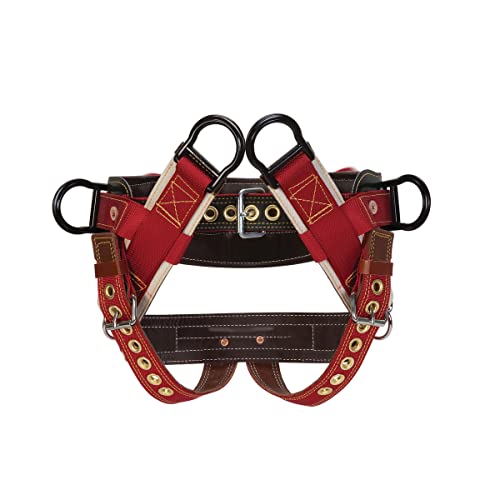firwood_ag
ArboristSite Lurker
Anyone out there burn white fir? They grow like weeds around here (Washington State) and no one will touch them for fire wood. I have been grabbing up a bunch of it and burning it like crazy. It seems to be perfect spring or fall wood. Burns clean, not too hot and not real long. I guess if I need more heat out of it I will throw some coal in with it.













































